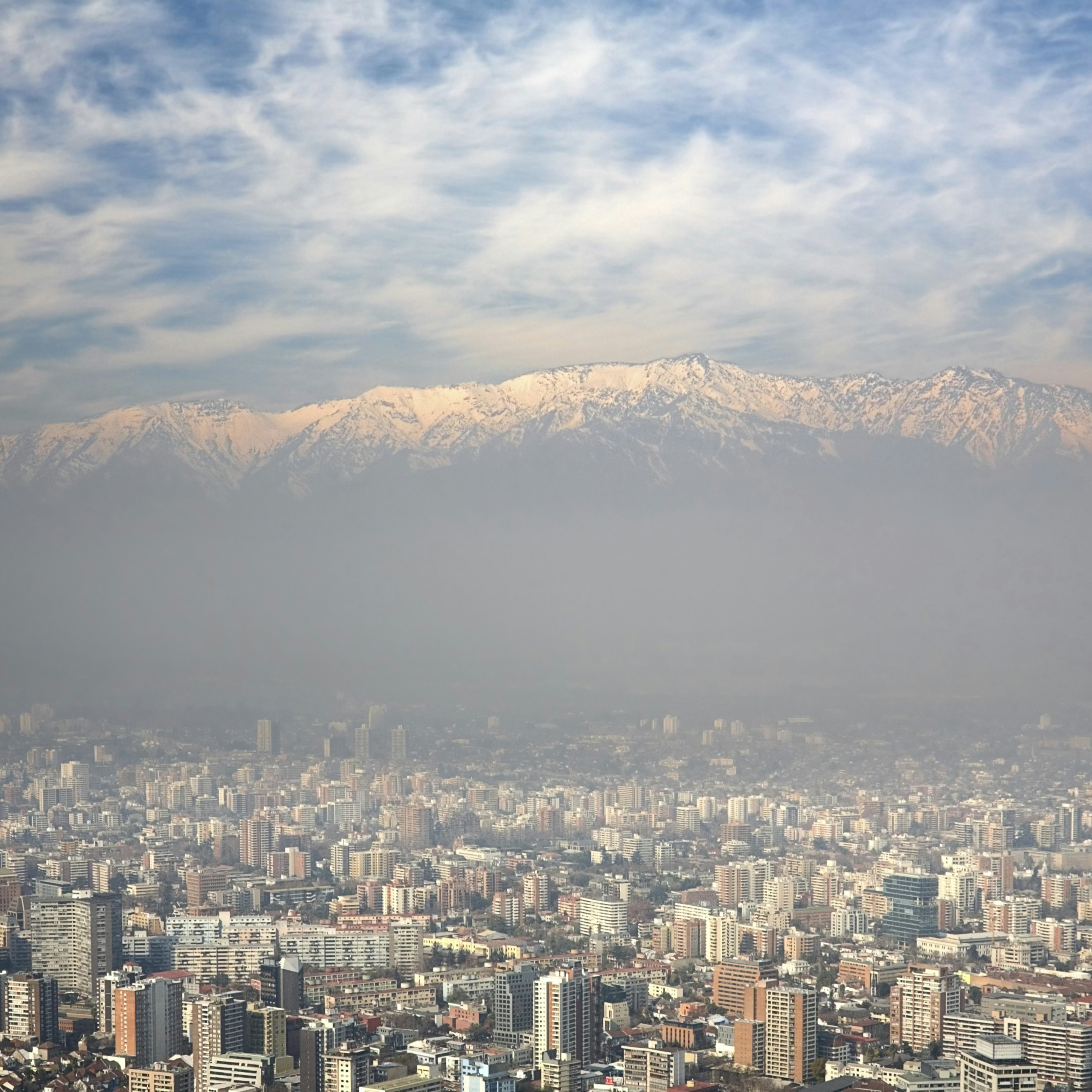

Getty Images
Overview
Stretching 4,300km, Chile offers an astonishing diversity: blinding salt flats, fertile wine valleys, puffing volcanoes, ancient rainforests, massive glaciers, and winding fjords. From the rugged Patagonian wilds to flamingo-filled Atacama lagoons, every corner holds a sense of wonder and awe. If you’re beginning your Chile planning, you’ll find endless travel inspiration in its Pacific surf towns, Andean ski resorts, and world-class wineries scattered north and south. Whether you’re after outdoor adventure, cultural richness, or breathtaking landscapes, Chile promises a journey as vast and unforgettable as its terrain. Not sure where to start? Make the most of your adventure with our Chile travel guidance covering top attractions, when to visit and expert advice.
Leave the planning to a local expert
Experience the real Chile. Let a local expert handle the planning for you.
Must-see attractions
Planning Tools
Expert guidance to help you plan your trip
Best Things to Do
With its puffing volcanoes, pounding surf, silent salt flats and gleaming glaciers, Chile is the ultimate wonderland for adventures. Here's where to begin.
Read full article
Best Places to Visit
Chile boasts vibrant cities, enigmatic islands, rolling vinelands and some of the most pristine nature on earth. Here's our pick of the best places to visit.
Read full article
Best Time to Visit
Chile affords opportunities for outdoor activities, wildlife watching and cultural experiences throughout the year. Here’s your season-by-season guide.
Read full article
Things to Know
Chile is an accessible destination, but there are customs, social rules and safety issues to keep in mind. Here's what you need to know.
Read full article
Transportation
With Chile's epic scenery, getting around is always an adventure. Here's the lowdown on the best ways to navigate your way up, down and all around Chile.
Read full article
Visa Requirements
Looking to visit Chile? Here's a useful guide to entry requirements to ensure a seamless journey in and out of the country.
Read full article
Money and Costs
A guide to daily costs in Chile, along with some tricks and tips to help keep more of those colorful Chilean pesos in your wallet.
Read full article
Traveling with Kids
With some patience – and a bit of basic Spanish – the thin South American nation of Chile can be the perfect setting for a family adventure.
Read full article
Best Road Trips
Chile's best road trips take in rolling vineyards, serene lakes, deep fjords, towering volcanoes and bone-dry deserts. Here are our top 7 Chilean drives.
Read full article
Get Connected
Chile is one of the world's ultimate outdoor escapes with so much to do in such a compact country. Here's your guide to staying connected while there.
Read full article
Get a book. Get inspired. Get exploring.
in partnership with getyourguide























